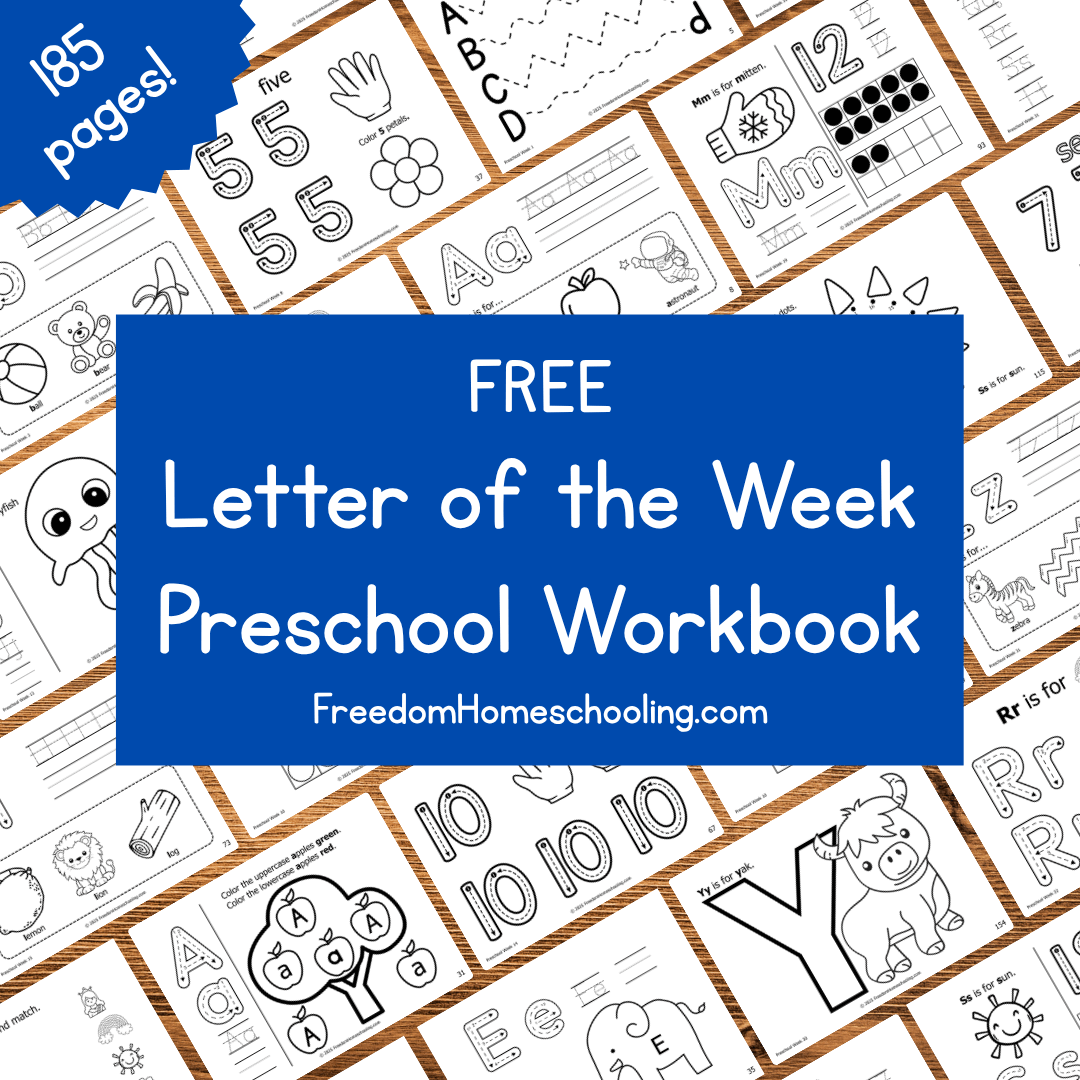Are you looking for quality readers for fourth grade? These vintage school readers, published in the late 1800s and early 1900s, are now in the public domain and free online. You’ll find well-known classics like McGuffey, Elson, and Treadwell, as well as many other lesser-known series. You may download the books for your child to read on a computer or tablet or print the books.
Why Choose Vintage Readers
Vintage readers offer beautiful classic literature, rich vocabulary, and charming illustrations. The stories are age-appropriate and typically encourage strong moral values. There’s also something special about reading a book that’s been used in schoolhouses and homes for over a hundred years. Perhaps your child’s grandparents or great-grandparents enjoyed some of these same readers when they were in school.
Free Fourth Grade Readers
The grade levels some of these vintage readers were intended for may not line up exactly with current grade-level expectations or your child’s reading level. So, in addition to the fourth grade readers listed below, I’d recommend taking a look at other grade levels, too. Our Vintage Graded Readers page includes readers for primer level through eighth grade.
Readers Published in the 1900s
These 4th grade readers were published between 1900 and 1924.
The Aldine Readers: A Fourth Reader
The American School Readers: Fourth Reader
The Carrol and Brooks Readers: A Reader for the Fourth Grade
Child Classics: The Fourth Reader
The Child’s World: Fourth Reader
Classics Old and New: A Fourth Reader
Elson Primary School Reader: Book Four
Everyday Classics Fourth Reader
The Golden Rule Series: The Golden Path Book
Golden Treasury Readers: Fourth Reader
Graded Literature Readers: Fourth Book
Holton-Curry Readers: The Fourth Reader
The Horace Mann Readers: Fourth Reader
The Kendall Series of Readers: Fourth Reader
The Kipling Reader for Elementary Grades
The Louisa Alcott Reader: A Supplementary Reader for the Fourth Year of School
The New McGuffey Fourth Reader
The Metcalf-Call Readers: A Fourth Reader
The New Barnes Readers: Book Four
Reading With Expression: Fourth Reader
Treadwell’s Reading-Literature Series: The Fourth Reader
Wheeler’s Graded Literary Readers: A Fourth Reader
Readers Published in the 1800s
Most of these 4th grade readers were published in the late 1800s, though a few are from the mid 1800s.
Appletons’ School Readers: The Fourth Reader
Baldwin’s School Reading by Grades: Fourth Year
Chambers’s Narrative Series of Standard Reading Books: Book IV
Chambers’s National Reading Books: Book IV
Classics for Children: A Fourth Reader
McGuffey’s New Fourth Eclectic Reader
The Normal Course in Reading: Fourth Reader
Sanders’s School Reader: Fourth Book
Swinton’s Advanced Fourth Reader
What is Classic Literature?
Classic literature is discussed frequently in homeschool and education circles, but what makes a story a classic? The following excerpt from the preface of the Everyday Classics Fourth Reader (1917), co-written by Franklin Baker and Ashley Thorndike, gives an excellent explanation.
A classic is something more easily known than defined. It is not necessarily abstruse, difficult, or remote from common life. It is a piece of literature that has received the approval of good judges for a long enough time to make that approval settled. Like good music, it cannot grow old; it is last year’s rag-time that becomes unpleasant, not the good old songs. A classic may be as old as Homer, or as new as Hawthorne; it may be as difficult as Dante, or as simple as Mother Goose. Indeed, a large proportion of the classics of the world are very simple. In Aesop, and Homer, and the old fairy tales, and many of the great stories of the world, like Robinson Crusoe, simplicity is one of the highest merits.
This series, by its very purpose, rejects “new” material. There is a place for that, but not in the plan of this series. We have therefore chosen what is common, established, almost proverbial; what has become indisputably “classic;” what, in brief, every child in the land ought to know, because it is good and because other people know it. And it is well to remember that what is old to us is new to the child. The little pigs that went to market, Little Red Riding Hood, Gulliver and Sindbad are to him fresh creations of the imagination which open the door of an enchanted world.
The educational worth of such material calls for no defense.
Time-Tested Texts
Vintage readers offer more than just stories. They help build a strong vocabulary and often teach important lessons and values. What makes them truly special is their long history. Families have loved them for generations. So, while browsing the internet for free homeschool resources, don’t overlook these gems. Whether it’s the familiar tales or the charming illustrations accompanying them, these vintage readers are a treasure trove waiting to be rediscovered.
More Resources for Fourth Grade
- Free 4th Grade Christian Homeschool Curriculum
- 4th Grade Reading List With Free Lessons for Each Book
- Free Reading and Literature Curriculum
Note: This post was originally published on November 11, 2021, and has been updated for accuracy and comprehensiveness.
Our Blog
At the Freedom Homeschooling Blog, you'll find homeschool resources and information, tips for homeschooling on a budget, encouragement, and more! Please follow us on Facebook, Pinterest, and Instagram.







